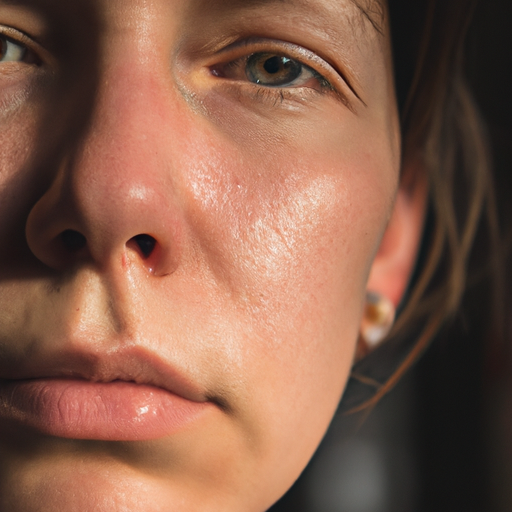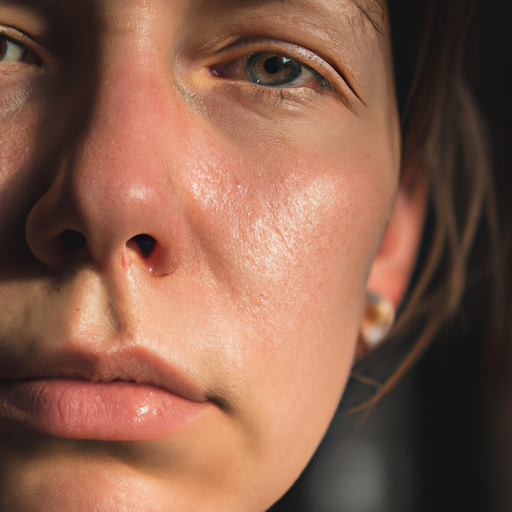Title: Unmasking Clear Skin: A Comprehensive Analysis of Acne Treatments
Acne is a common skin condition that affects millions of people worldwide. It can cause physical discomfort, emotional distress, and can significantly impact one’s self-esteem. The quest for clear skin often leads individuals to explore various acne treatments. This article aims to unmask the mystery behind acne treatments, providing a deep dive into the different options available.
Acne is primarily caused by the overproduction of oil, clogged pores, bacteria, and inflammation. Hormonal changes, diet, stress, and certain medications can also contribute to its occurrence. Understanding these causes is crucial in determining the most effective acne treatment.
Over-the-counter (OTC) treatments are typically the first line of defense against acne. These include products containing salicylic acid, benzoyl peroxide, and sulfur. Salicylic acid works by dissolving excess oil and gently exfoliating the skin to remove dead skin cells. Benzoyl peroxide kills bacteria that cause acne and helps to unclog pores, while sulfur dries out the skin and absorbs excess oil.
For moderate to severe acne, prescription medications may be necessary. Topical retinoids, derived from vitamin A, work by promoting cell turnover and preventing the clogging of pores. Antibiotics can be used to kill excess bacteria on the skin, and oral contraceptives can help balance hormones that trigger oil production.
In recent years, light therapy has emerged as a promising acne treatment. Blue light therapy targets the bacteria that cause acne inflammation, while red light therapy aids in reducing inflammation and promoting healing.
Chemical peels and microdermabrasion are other popular treatments that involve removing the top layer of skin to reveal healthier skin underneath. These treatments can help reduce the appearance of acne scars and improve skin texture.
While these treatments can be effective, it’s important to remember that everyone’s skin is unique, and what works for one person may not work for another. It’s crucial to consult with a dermatologist before starting any new acne treatment to ensure it’s suitable for your skin type and condition.
Moreover, maintaining a consistent skincare routine, eating a balanced diet, staying hydrated, and managing stress can also contribute to achieving clear skin.
In conclusion, there’s a wide range of acne treatments available, from OTC products and prescription medications to light therapy and skin resurfacing procedures. Understanding the underlying causes of acne is key to finding the most effective treatment. With the right approach and professional guidance, clear skin is achievable.
Keywords: Acne, Clear Skin, Acne Treatments, Salicylic Acid, Benzoyl Peroxide, Sulfur, Topical Retinoids, Antibiotics, Oral Contraceptives, Light Therapy, Blue Light Therapy, Red Light Therapy, Chemical Peels, Microdermabrasion, Skincare Routine, Dermatologist.




